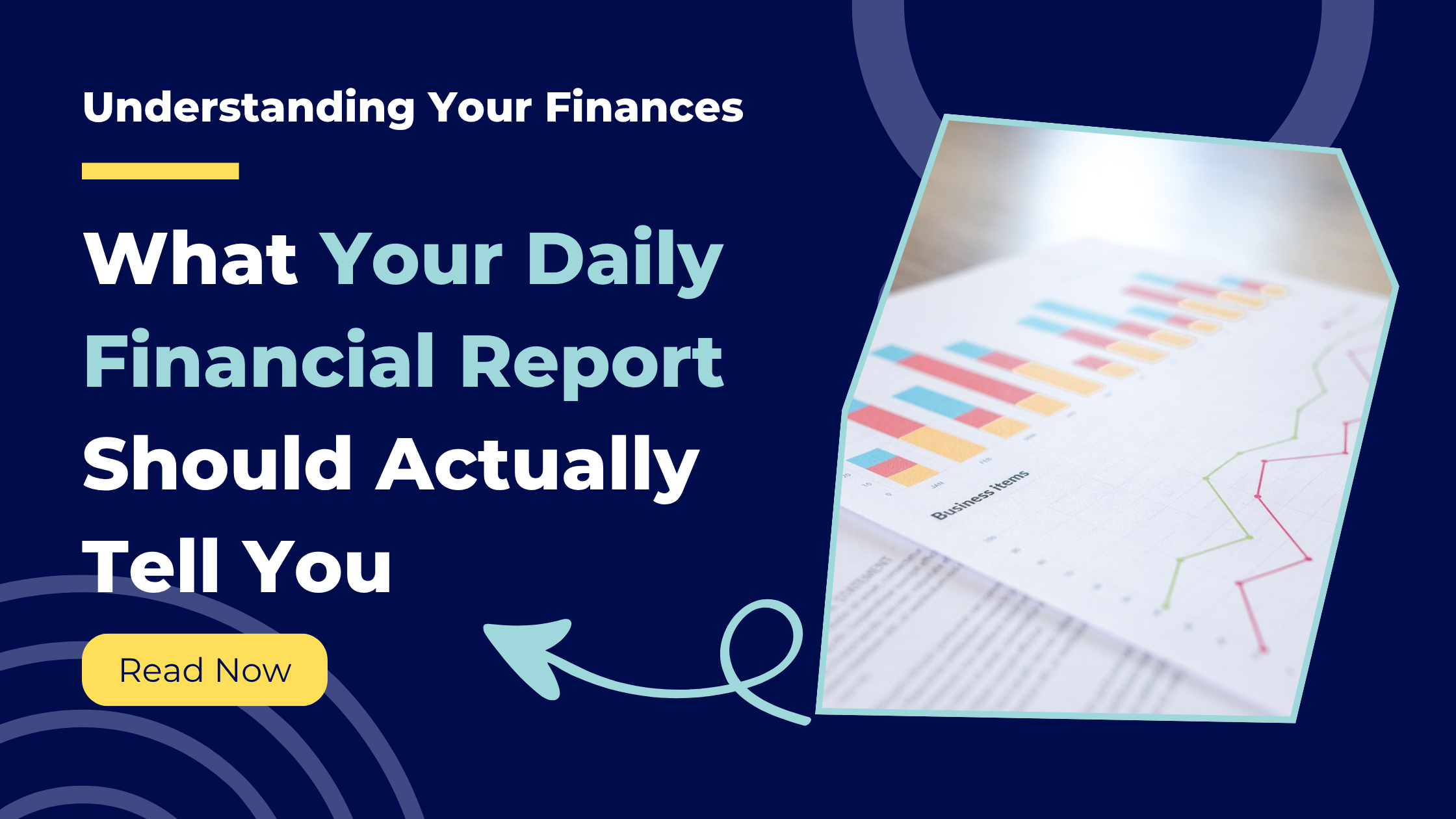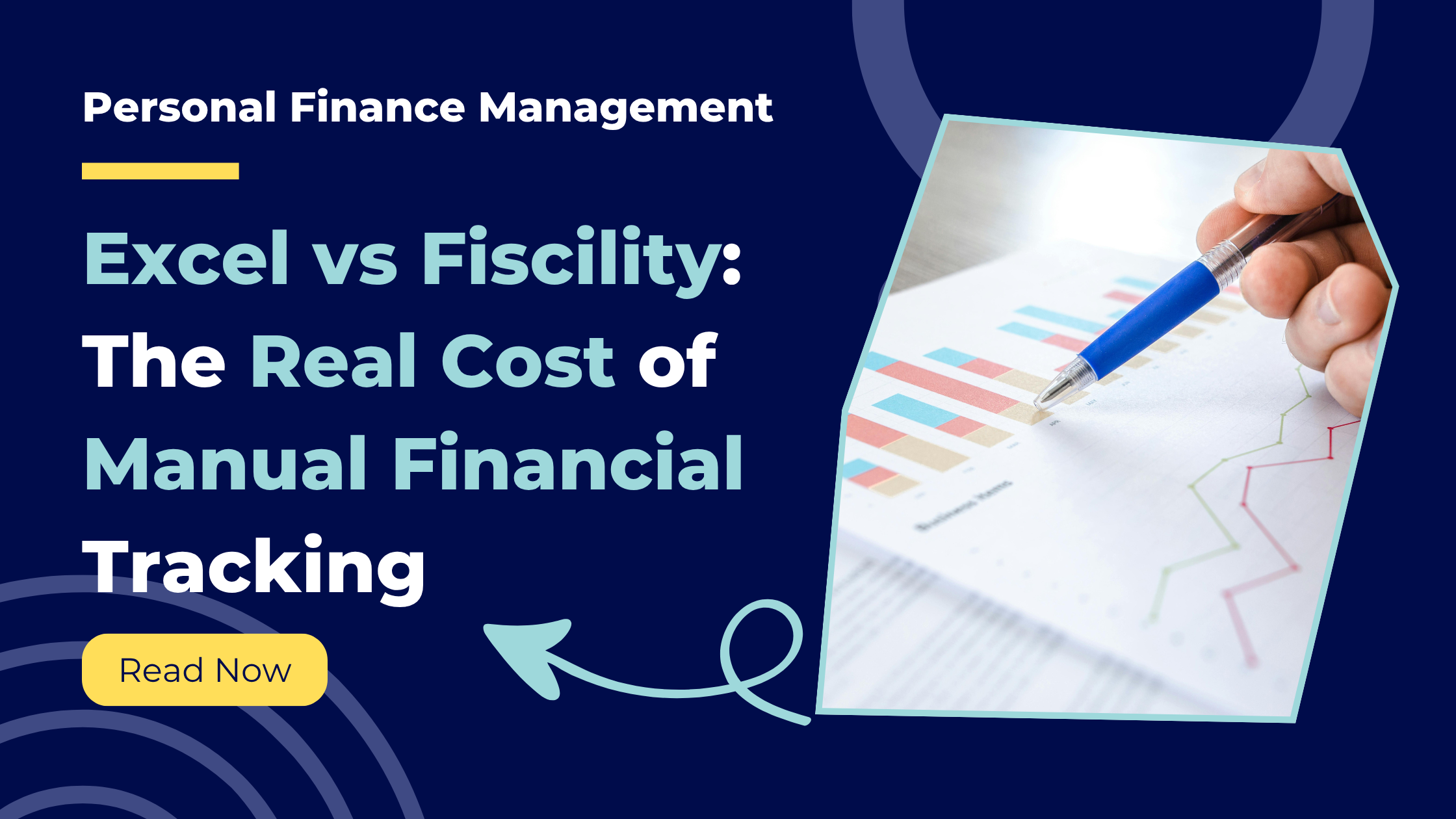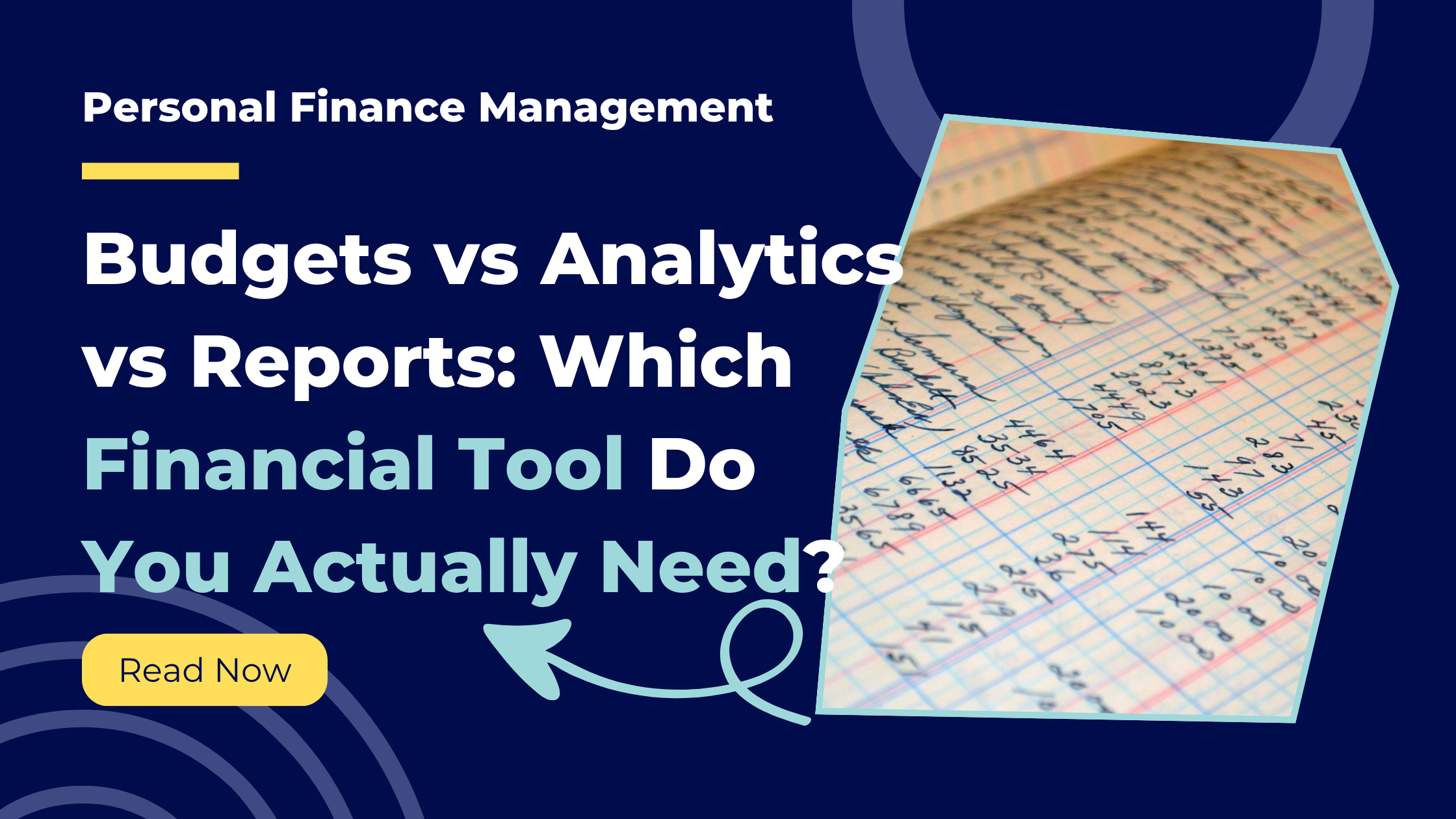
•
1 min read
What Your Daily Financial Report Should Actually Tell You
Raw account balances aren't enough. Learn what information truly matters for confident financial decision-making every day.
You check your bank: £2,847.32
Okay... now what?
Can you afford that weekend away? Should you worry about the insurance payment coming up? Are you spending too much this month?
The number alone tells you nothing. And that's the problem with most banking apps and financial tools—they show you data without telling you what it actually means.
A good daily financial report doesn't just show numbers. It answers the questions you're actually asking: Can I afford this? Am I doing okay? Should I be worried?
Here's what your daily report should actually tell you.
What You Need to Know Right Now
When you check your finances in the morning, you need instant answers. Not detailed breakdowns—just the essentials.
Your Total Balance
How much money you have across all your accounts combined. Not individual accounts—just the total. One number that shows your complete position.
What Changed Yesterday
Did money come in or go out? By how much? This shows you're staying aware without needing to remember every transaction.
Your Current Status
Are you in good shape, or should you pay attention? A simple indicator—green for healthy, amber for caution, red for urgent—tells you immediately if action is needed.
How Long Your Money Will Last
At your current spending rate, how many days or weeks does your balance cover? This turns an abstract number into something meaningful: time.
That's it. Five seconds, and you know if you're okay.
What You Need to Know This Week
Beyond the immediate snapshot, you need to understand your position for the next few days:
This Week's Spending
How much have you spent so far this week? How much is left? This helps you pace yourself rather than being surprised on Friday.
Bills Coming Up
What payments are due in the next week? Phone bill Thursday, car insurance Friday—knowing this prevents "where did all my money go?" moments.
What You Can Actually Spend
This is the most useful number: after your upcoming bills are paid, how much do you have left to spend freely? This is the number that answers "can I afford this?"
When you know these three things, you can make confident decisions about whether to book that restaurant, buy those shoes, or wait until next week.
What You Need to Know This Month
Finally, you need the bigger picture—but keep it simple:
How Much You've Spent This Month
Total spending so far, compared to your usual monthly amount. Are you ahead of pace, behind, or on track?
Where The Money's Going
Your top spending categories. Not 15 detailed categories—just the big ones. Groceries, transport, eating out, subscriptions. This shows you where adjustments would actually make a difference.
How This Month Compares
Are you spending more or less than last month? Not as judgment, just as awareness. Patterns matter more than perfection.
That's all you need for monthly context. You're not preparing a financial audit—you're checking if you're generally on track.
Why Graphs Help More Than Numbers
Numbers are exact. Graphs show patterns. You need both.
Balance Over Time
A simple line showing your balance over the last month. Is it going up? Going down? Staying steady? Jumping around? You'll spot patterns in seconds that you'd never see in a list of transactions.
Going up steadily means you're spending less than you earn. Saw-tooth pattern means you're paycheck-to-paycheck. Downward slope means spending is outpacing income. No judgment—just awareness.
Spending Patterns
Which days of the week do you spend more? You might discover you consistently overspend on Fridays, or that the first week after payday is always expensive. Once you see the pattern, you can adjust.
Where Your Money Goes
A simple visual breakdown of your spending categories. You might think you spend £100 on coffee shops when it's actually £250. Or you might think groceries are your biggest expense when it's actually eating out.
The gap between what you think you spend and what you actually spend is where all the opportunity lives.
How Fiscility Makes This Simple
Everything described above requires work if you're doing it manually:
Log into multiple banks. Add up balances. Remember upcoming bills. Calculate what's left. Compare to last week. Track trends. Build graphs.
That's 15-20 minutes daily. Nobody sustains that.
Fiscility does all of it automatically:
Every morning, you get a report in your email that shows:
- Your total balance across all accounts
- What changed yesterday
- How much you can actually spend this week
- Where your money is going this month
- Simple graphs that show patterns
Zero effort required. Just open the email.
The difference between knowing your financial position and not knowing isn't discipline—it's having a system that does the work for you.
Key Takeaways
Your bank balance alone is useless
£2,847 means nothing without context. What matters is: how much can you actually spend, and are you on track?
Good reports answer questions, not just show data
Can I afford this? Should I worry? Am I doing okay? These are the questions that matter—not comprehensive financial analysis.
Patterns matter more than individual transactions
Seeing that you overspend every Friday is more valuable than knowing you spent £12.40 at Tesco on Tuesday.
Automation is the only sustainable way
Manual daily tracking takes 15 minutes and fails within weeks. Automated reports take 30 seconds and work forever.
Closing Reflection
Next time you check your bank balance, ask yourself: does this number actually tell me what I need to know?
If not, you don't have financial clarity—you just have a number.
Real clarity means knowing: Am I okay? Can I afford this? Should I adjust anything?
That's what a proper daily financial report gives you.
Get Clear Answers Every Morning
Fiscility automatically delivers everything described in this article—across all your accounts, every morning, without any work from you.
What you'll get:
- Your total position in one number
- What you can actually spend this week
- Where your money is going
- Simple graphs that show patterns
- All automatic—zero manual work
👉 Try Fiscility free for 7 days
Or see a sample report to understand what you'll receive each morning.
Found this helpful? Share it with others!
Ready to take control of your finances?
Join Fiscility today and start your financial journey.
Apply for a Membership

